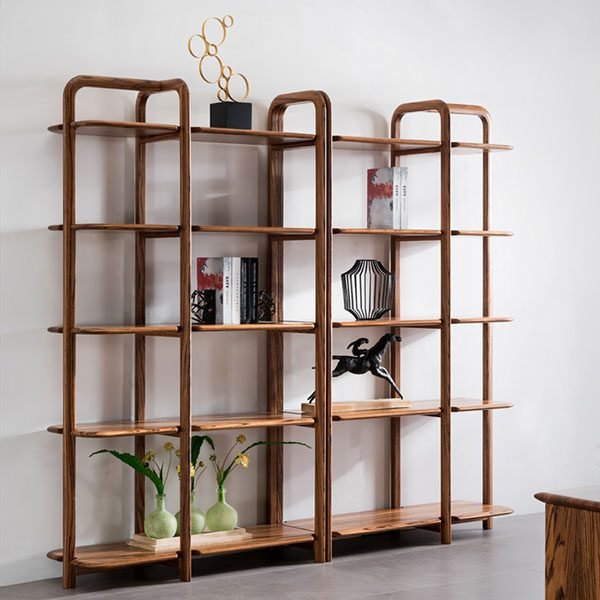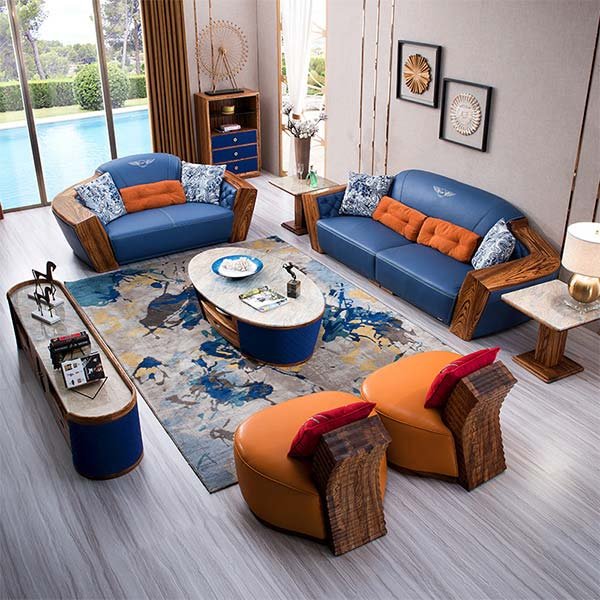“Harmonize your space with coordinated bedroom furniture.”
Mixing different styles
When it comes to coordinating bedroom furniture, mixing different styles can be a great way to create a unique and personalized look. By combining pieces from various design styles, you can add visual interest and depth to your bedroom decor. However, it’s important to do so in a thoughtful and intentional way to ensure that the overall look is cohesive and harmonious.
One way to mix different styles of bedroom furniture is to start with a neutral base. Choose a neutral color palette for your walls, flooring, and larger furniture pieces, such as the bed frame and dresser. This will provide a clean and versatile backdrop for mixing in different styles of furniture.
Next, consider incorporating pieces from different design styles that complement each other. For example, you could pair a modern platform bed with a vintage bedside table, or mix a sleek mid-century dresser with a rustic wooden bench. By combining contrasting styles, you can create a visually dynamic and interesting bedroom space.
When mixing different styles of bedroom furniture, it’s important to pay attention to scale and proportion. Make sure that the pieces you choose are similar in size and scale to create a balanced and harmonious look. For example, if you have a large, bulky bed frame, balance it out with smaller, more delicate bedside tables.
In addition to scale and proportion, consider mixing different textures and materials to add depth and visual interest to your bedroom decor. For example, you could pair a plush velvet headboard with a sleek metal nightstand, or mix a wooden bed frame with a glass-topped dresser. By incorporating a variety of textures and materials, you can create a rich and layered look in your bedroom.
Another tip for coordinating bedroom furniture is to use color to tie different styles together. Choose a color scheme that complements the various pieces in your bedroom, such as pairing warm wood tones with cool blues and greens, or mixing black and white with pops of bold color. By using color strategically, you can create a cohesive and unified look in your bedroom.
When mixing different styles of bedroom furniture, don’t be afraid to experiment and think outside the box. Consider repurposing furniture pieces from other rooms in your home, or mixing in unexpected elements, such as a vintage trunk as a bedside table or a decorative screen as a headboard. By being creative and open-minded, you can create a truly unique and personalized bedroom space.
In conclusion, mixing different styles of bedroom furniture can be a fun and creative way to coordinate your decor. By starting with a neutral base, incorporating pieces that complement each other, paying attention to scale and proportion, mixing textures and materials, using color strategically, and thinking outside the box, you can create a cohesive and harmonious look in your bedroom. So go ahead and experiment with mixing different styles of furniture to create a bedroom space that reflects your personal style and personality.
Choosing a color scheme
Choosing a color scheme for your bedroom furniture is an important step in creating a cohesive and visually appealing space. The colors you choose can set the tone for the entire room and influence the overall mood and atmosphere. When coordinating bedroom furniture, it’s essential to consider the color scheme to ensure that everything works together harmoniously.
One of the first things to consider when choosing a color scheme for your bedroom furniture is the overall style and aesthetic you want to achieve. Are you going for a modern, minimalist look, or do you prefer a more traditional, cozy feel? The color scheme you choose should reflect your personal taste and complement the style of your furniture.
Neutral colors such as white, beige, and gray are popular choices for bedroom furniture as they create a calming and serene atmosphere. These colors can also serve as a versatile base that allows you to easily incorporate pops of color through accessories such as pillows, throws, and artwork. If you prefer a more bold and dramatic look, consider opting for darker shades such as navy blue, charcoal gray, or deep burgundy.
When coordinating bedroom furniture, it’s important to consider the size and layout of the room. Lighter colors can help make a small room feel more spacious and airy, while darker colors can add warmth and coziness to a larger space. If you have a lot of natural light in your bedroom, you may want to choose lighter colors to enhance the brightness of the room. On the other hand, if your bedroom is on the darker side, darker colors can help create a more intimate and inviting atmosphere.
Another factor to consider when choosing a color scheme for your bedroom furniture is the existing decor and furnishings in the room. Take into account the colors of your walls, flooring, and any other furniture pieces you already have. You want to ensure that your new furniture coordinates well with the existing elements in the room to create a cohesive and harmonious look.
In addition to considering the color of your bedroom furniture, don’t forget to think about the finishes and materials as well. Different finishes such as wood, metal, and upholstery can have a significant impact on the overall look and feel of the room. Make sure that the finishes of your furniture complement each other and work together to create a cohesive design.
When coordinating bedroom furniture, it’s important to strike a balance between matching pieces and adding visual interest through contrasting colors and textures. Mixing and matching different colors and finishes can add depth and dimension to the room, creating a more dynamic and visually appealing space.
In conclusion, choosing a color scheme for your bedroom furniture is an important aspect of coordinating your decor. Consider the style and aesthetic you want to achieve, the size and layout of the room, and the existing decor and furnishings when selecting colors for your furniture. By carefully planning and coordinating your color scheme, you can create a beautiful and harmonious bedroom that reflects your personal style and taste.
Utilizing storage solutions
Coordinating bedroom furniture can be a daunting task, especially when it comes to utilizing storage solutions. However, with a few key tips and tricks, you can create a cohesive and functional space that meets all of your storage needs.
One of the first things to consider when coordinating bedroom furniture is the size and layout of the room. It’s important to take measurements and create a floor plan to ensure that your furniture fits comfortably in the space. This will help you determine the best placement for each piece and maximize storage potential.
When it comes to storage solutions, one of the most important pieces of furniture in the bedroom is the bed. Opt for a bed frame with built-in storage, such as drawers or a lift-up mattress, to maximize space. This will allow you to store extra linens, clothing, or other items without taking up additional floor space.
Another key storage solution in the bedroom is a dresser or chest of drawers. These pieces are essential for storing clothing, accessories, and other personal items. When coordinating bedroom furniture, choose a dresser that complements the style and finish of your bed frame for a cohesive look.
In addition to traditional storage furniture, consider incorporating multifunctional pieces into your bedroom design. For example, a storage bench at the foot of the bed can provide extra seating and a place to store blankets or pillows. A nightstand with drawers or shelves can also offer additional storage space for books, electronics, or bedside essentials.
When coordinating bedroom furniture, it’s important to consider the overall aesthetic of the room. Choose pieces that complement each other in terms of style, color, and finish. This will create a cohesive look and make the room feel more put-together.
To tie everything together, consider adding coordinating accessories such as throw pillows, rugs, and wall art. These finishing touches can help to enhance the overall design of the room and create a cohesive and inviting space.
In conclusion, coordinating bedroom furniture and utilizing storage solutions doesn’t have to be a daunting task. By taking measurements, choosing multifunctional pieces, and considering the overall aesthetic of the room, you can create a functional and stylish space that meets all of your storage needs. With a little planning and creativity, you can transform your bedroom into a well-organized and visually appealing retreat.
Заключение
Choose a cohesive color scheme, mix and match different pieces for visual interest, consider the scale and proportion of each piece, and don’t be afraid to experiment with different styles.



